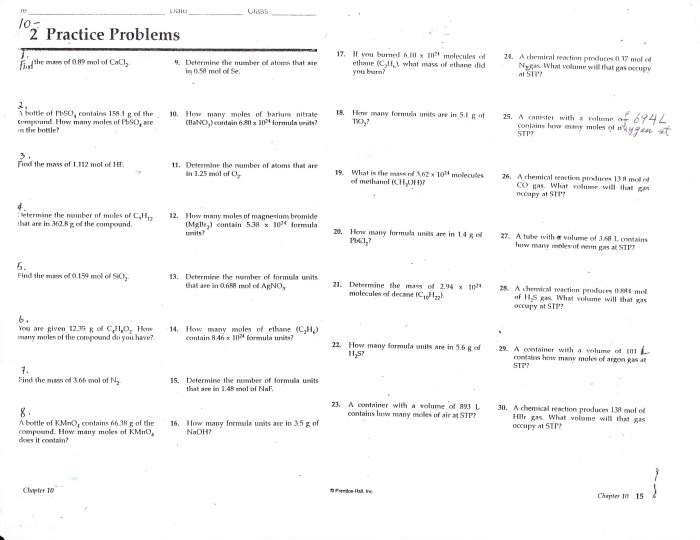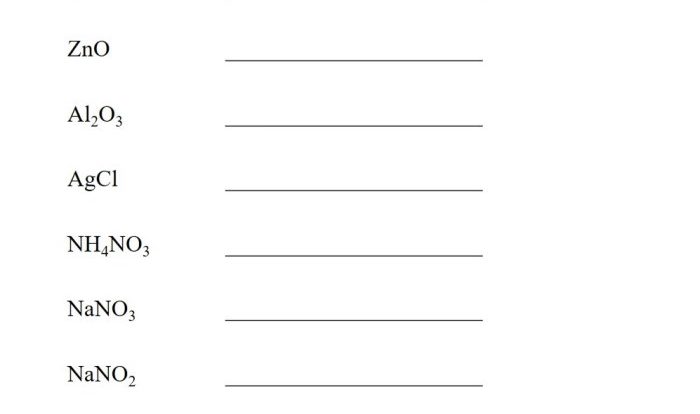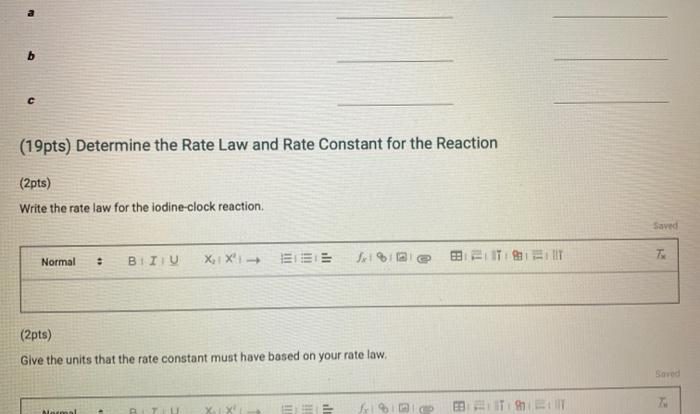The molar conversions color by number answer key emerges as a pedagogical tool that illuminates the intricacies of chemistry’s numerical realm. This comprehensive guide unveils the secrets of molarity, volume, and moles, empowering students to decipher the language of chemical reactions with precision and clarity.
Through interactive puzzles and step-by-step solutions, this answer key transforms the complexities of molar conversions into a vibrant and engaging learning experience. Delve into the world of chemistry, where numbers dance and calculations unravel the mysteries of the molecular world.
Molar Conversions Basics: Molar Conversions Color By Number Answer Key

Molar conversions involve the conversion of quantities between moles, molarity, and volume. These conversions are essential in chemistry for determining the concentration of solutions, preparing solutions with specific concentrations, and balancing chemical equations.
The mole is the SI unit of amount of substance. One mole of a substance contains 6.022 x 10 23particles (atoms, molecules, or ions) of that substance. Molarity is a measure of the concentration of a solution and is defined as the number of moles of solute per liter of solution.
The relationship between moles, molarity, and volume can be expressed using the following formula:
Molarity = Moles of solute / Volume of solution (in liters)
This formula can be rearranged to solve for any of the three variables. For example, to calculate the number of moles of solute in a solution, the formula can be rearranged as follows:
Moles of solute = Molarity x Volume of solution (in liters)
Color by Number Answer Key
| Color | Molar Conversion Calculation |
|---|---|
| Red | Moles = Molarity x Volume (in liters) |
| Blue | Molarity = Moles / Volume (in liters) |
| Green | Volume (in liters) = Moles / Molarity |
| Yellow | Volume (in mL) = Volume (in liters) x 1000 |
Sample Molar Conversion Problems
-*Problem 1
A solution has a molarity of 2.5 M. What is the number of moles of solute in 500 mL of this solution?
-*Solution
First, convert 500 mL to liters: 500 mL / 1000 mL/L = 0.5 LThen, use the formula: Moles = Molarity x Volume (in liters)Moles = 2.5 M x 0.5 L = 1.25 moles
-*Problem 2
How many milliliters of a 0.2 M solution are needed to provide 0.05 moles of solute?
-*Solution
First, use the formula: Moles = Molarity x Volume (in liters)
05 moles = 0.2 M x Volume (in liters)
Volume (in liters) = 0.05 moles / 0.2 M = 0.25 LThen, convert 0.25 L to milliliters: 0.25 L x 1000 mL/L = 250 mL
Molar Conversions in Chemistry
Molar conversions are widely used in chemistry for various purposes, including:
- Determining the concentration of solutions:Molarity is a common unit of concentration used to express the amount of solute in a given volume of solution. Molar conversions allow chemists to determine the molarity of a solution by measuring the mass of solute and the volume of solution.
- Preparing solutions with specific concentrations:When preparing solutions, it is often necessary to adjust the concentration to a specific value. Molar conversions help chemists calculate the amount of solute that needs to be added or removed to achieve the desired concentration.
- Balancing chemical equations:Chemical equations represent the stoichiometry of reactions, indicating the mole ratios of reactants and products. Molar conversions are essential for balancing chemical equations to ensure that the number of moles of reactants and products is equal.
Tips for Molar Conversions, Molar conversions color by number answer key
- Understand the concepts of moles, molarity, and volume:A clear understanding of these concepts is crucial for accurate molar conversions.
- Memorize the formula:The formula Molarity = Moles / Volume (in liters) is essential for all molar conversions.
- Pay attention to units:It is important to ensure that the units of moles, molarity, and volume are consistent throughout the conversion.
- Use a calculator:Calculations involving large numbers can be tedious. Using a calculator can help avoid errors and save time.
- Check your work:Always double-check your calculations to ensure accuracy.
Frequently Asked Questions
What is the significance of molar conversions in chemistry?
Molar conversions provide a precise method for quantifying the amounts of reactants and products involved in chemical reactions, enabling chemists to predict reaction outcomes and design experiments accurately.
How does the color by number answer key facilitate learning?
The color by number format transforms molar conversion problems into engaging puzzles, making the learning process more interactive and enjoyable. It allows students to visualize the relationships between moles, molarity, and volume.
What are some common pitfalls to avoid in molar conversions?
Students should pay attention to unit conversions and ensure that the units of the given and calculated values match. Additionally, they should double-check their calculations to minimize errors.

